Really it's an amazing beautiful flower that has lots of variety, i know this flower but didn't know it's name, even didn't know it's awesome varieties.
Marguerite daisy flowers are a small shrub-like perennial in the family Asteraceae, which are native to the Canary Islands. This little herbaceous perennial is a nice addition to flower beds, borders or as a container specimen. Marguerite daisy flowers, whose Latin name is Argyranthemum frutescens, are terrific butterfly and other pollinator attractors. Available in a variety of hues from white or yellow to pink or purple depending on the species, these daisies are similar in appearance to the Shasta daisy. The various species and subspecies result from hybridization, and thus, may be imports from several spots around the globe. Two examples of this are the blue marguerite daisy, which hails from South Africa, and the white harvest snow daisy, which was brought from Germany.
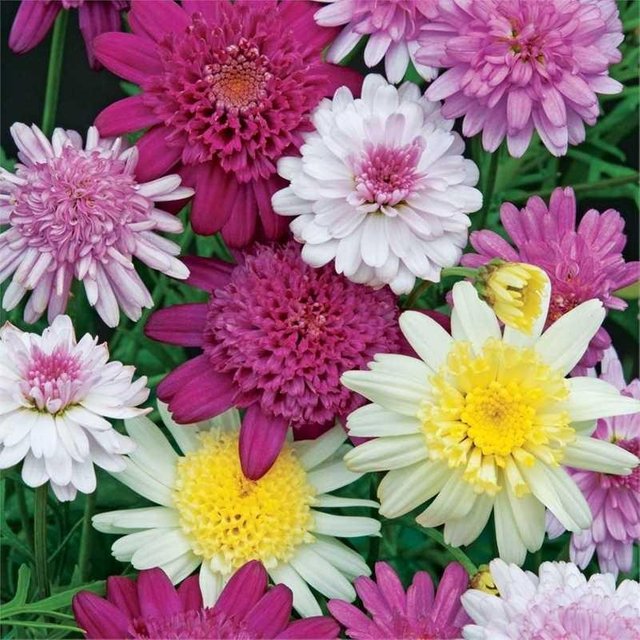
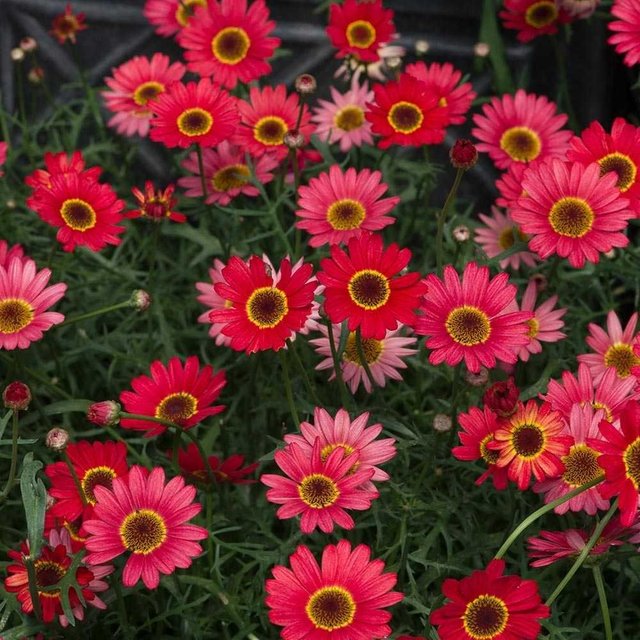
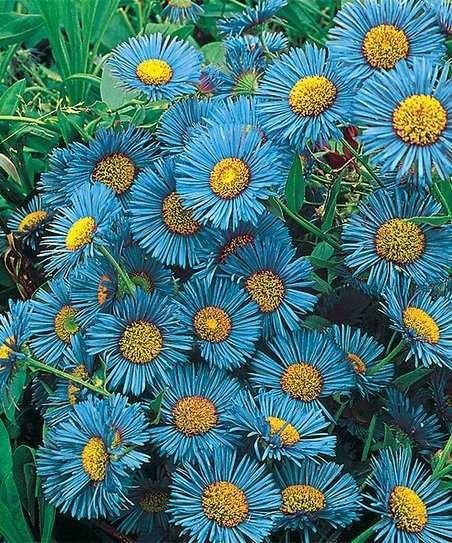
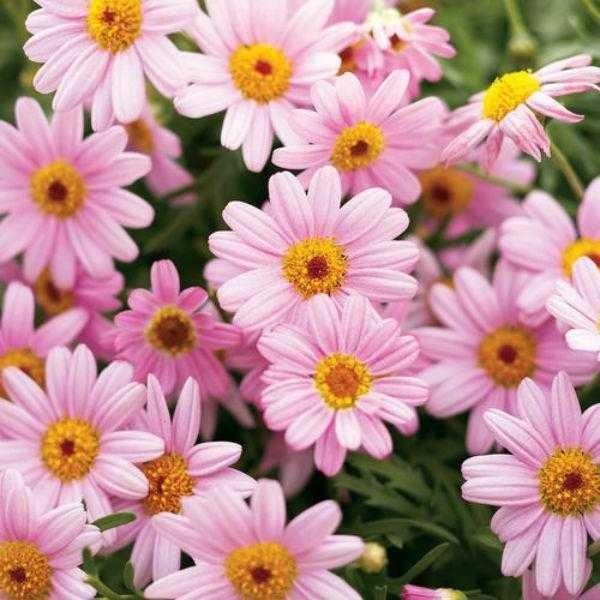
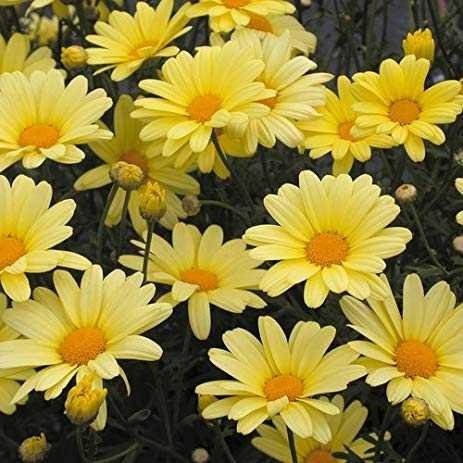
For optimal blooms and healthy plants, marguerite daisy growing conditions end towards favoring cooler temperature. The blooms are fullest in the fall and spring months depending on your climate zone. Marguerite daisies are USDA zoned through 9-11, although I have heard from folks in zone 3 who say they do well in early spring. Regardless, it is certainly a fact that when the thermometer dips below freezing, it is time to say goodbye to the plant until the following spring.
They also prefer full sun (although they will do just fine in partial sunlight) with nicely draining soil and regular irrigation. Don’t over water the daisies, however, as this will adversely affect the plant. They may be susceptible to root rot, mold, and mildew should the soil retain too much water.
Care of marguerite daisies is pretty straightforward. The plants are not plagued by most pests, although the usual suspects such as aphids, mites and thrips may occasionally assault them. If so, there are pesticides like neem oil that can squash the infestation before it does too much damage. Although it is listed as a perennial, the marguerite daisy may be planted as an annual in certain climates and it really only thrives for two or three seasons. To increase the bushiness of this shrubby daisy and promote constant blooming, prune back or “deadhead” any dying flowers. For additional plants the following year, keep in mind that the specific cultivar does not grow true from seed; however, cuttings may be taken in late summer and overwintered until the spring
Source:
Thank you sir, thanks for wonderful post.